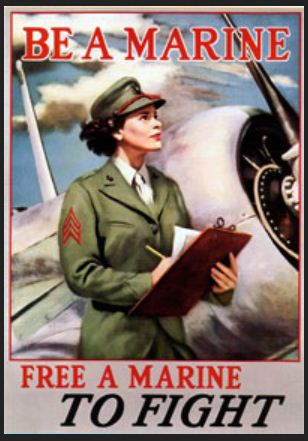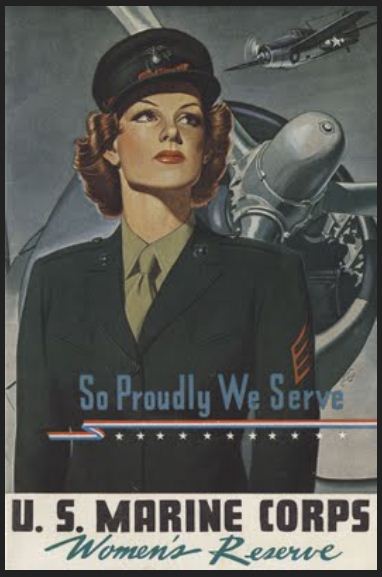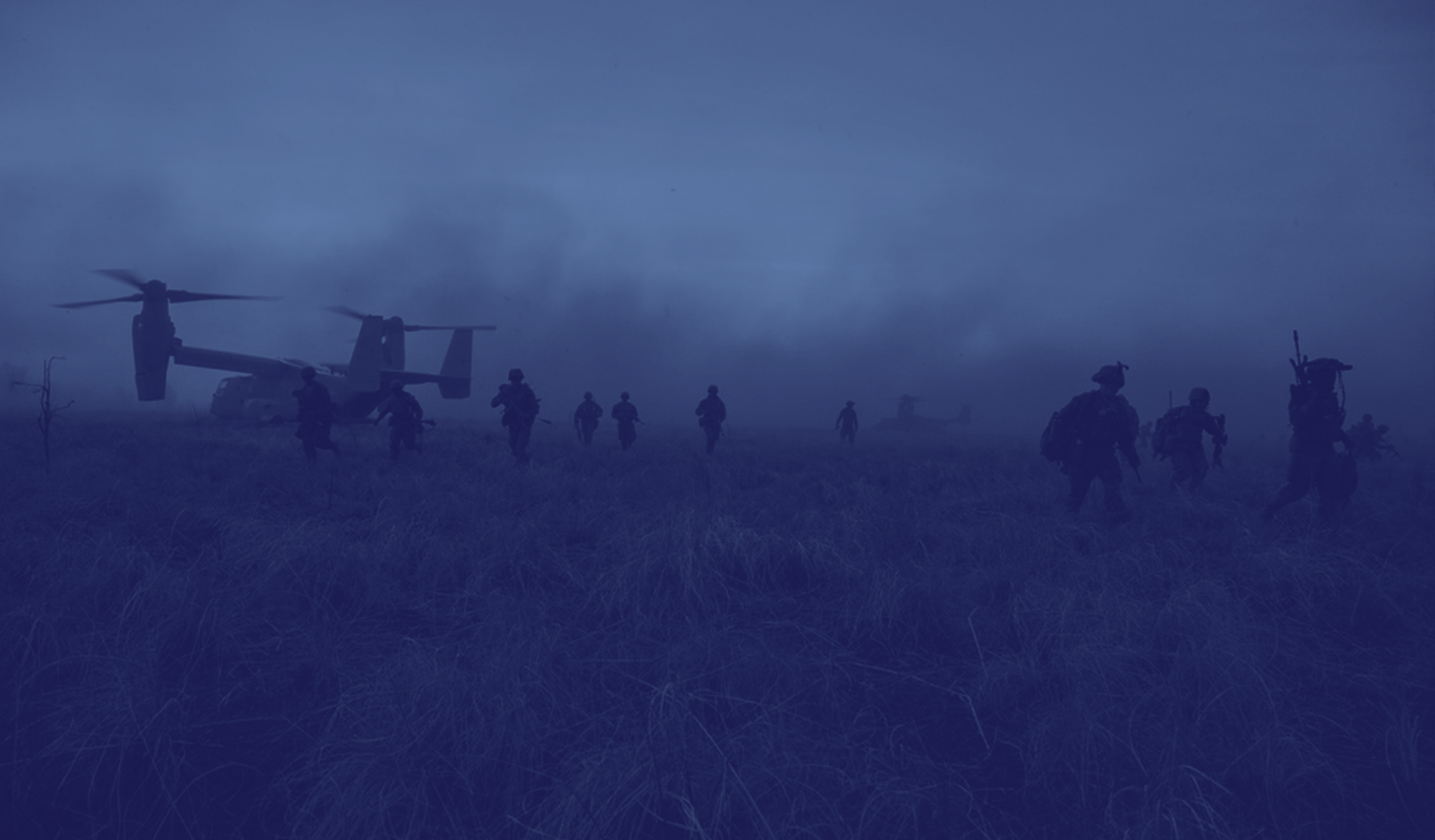

The public anticipated a catchy nickname for the women and bombarded headquarters with suggestions such as Femarines, Glamarines, and even, Sub-Marines, but General Holcomb ruled out the cute titles. In a March 1944 issue of Life magazine, he announced, “They are Marines. They don’t have a nickname and they don’t need one. They get their basic training in a Marine atmosphere at a Marine post. The inherit the traditions of Marines. They are Marines.” In practice, they were usually called Women Reservists, shortened to WRs.
Ruth Cheney Streeter became their first director. Wife of a prominent businessman, mother of four—including three sons in the service—and a leader for 20 years in New Jersey health and welfare work, Major Streeter had never before held a paying job. Her matronly, dignified demeanor allayed the fears of parents who “were not going to let their little darlings go in among all these wolves unless they thought that someone was keeping a motherly eye on them.”
In the beginning, some of the volunteers may have longed for home. Training for the WRs consolidated at Camp Lejeune, North Carolina, but the change from civilians to Marines began long before their arrival. Recruits traveled to Wilmington, North Carolina, on troop trains of about 500. At the depot, they were lined up, issued paper armbands identifying them as boots (trainees), and ordered to pick up luggage—anybody’s luggage—and marched aboard another train. At the other end, shouting NCOs herded them to austere barracks with large, open squadbays, group shower rooms, male urinals, and toilet stalls without doors. No time was allowed for adjustment. A few wondered what they had done and why they had done it.
Nonetheless, WRs were protected according to the customs of the day. The Marine Corps, renowned for excellent discipline and morale, had no history to help them bridge the gender gap. Women Marines were not pliant teenagers, but rather, adults at least twenty years old; most with work experience, some married; some had children; and a few had grandchildren. Since women were expected to adhere to near-Victorian standards, military leaders assumed a paternalistic attitude and the inevitable occurred—grown women were often treated like school girls. To prevent loneliness and avoid unfavorable comments, no fewer than two WRs were assigned to a station; enlisted women were not assigned to a post unless there was a woman officer in the vicinity; and it was customary to assign women officers to units of twenty-five or more WRs. Women aboard a base, unlike men of equal rank, could 
Yet the Marine Corps desperately needed their skills and gradually found out how far traditional job limits could be stretched. Five hundred WRs arrived at boot camp every two weeks and matching them to job openings was challenging. In 1943, Marine recruiting brochures promised women openings in thirty-four job assignments; but final statistics at the end of the war recorded WRs in over 225 different specialties, filling 85 percent of the enlisted jobs at Headquarters Marine Corps and comprising one-half to two-thirds of the permanent personnel at major Marine Corps posts.
Among all the beautifully worded accolades bestowed on women Marines of World War II, is a simple statement from General Holcomb: “Like most Marines, when the matter first came up, I didn’t believe women could serve any useful purpose in the Marine Corps . . .Since then, I’ve changed my mind.”
The information in this article is excerpted from “Marine Corps Women’s Reserve: Free A Man To Fight,” by Colonel Mary V. Stremlow USMCR (Ret.). Colonel Stremlow’s essay appears in In Defense of a Nation: Servicewomen in World War II, edited by Major General Jeanne M. Holm, USAF (Ret.) and Judith Bellafaire, Ph.D., Chief Historian of the Women’s Memorial Foundation (Arlington, Virginia: Vandamere Press, 1998).
Printed as a historical blog by WIMSA
